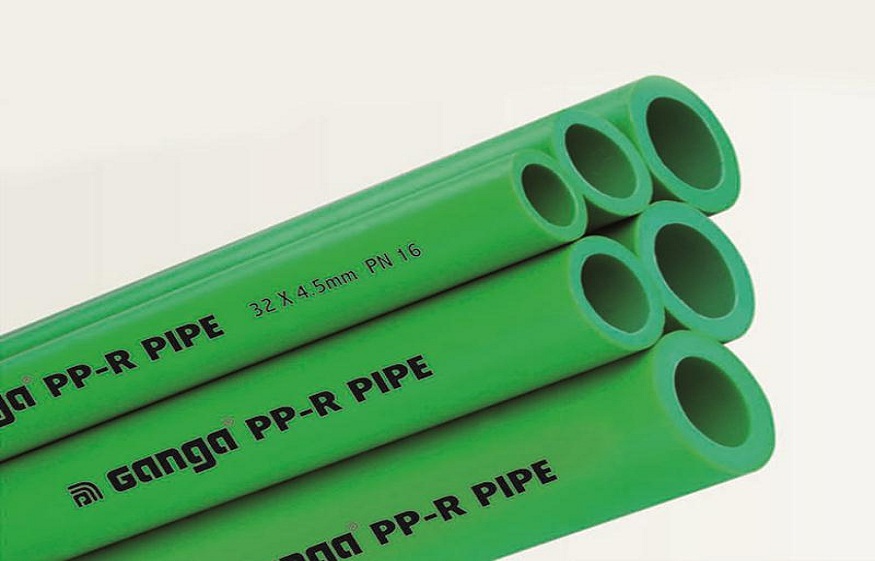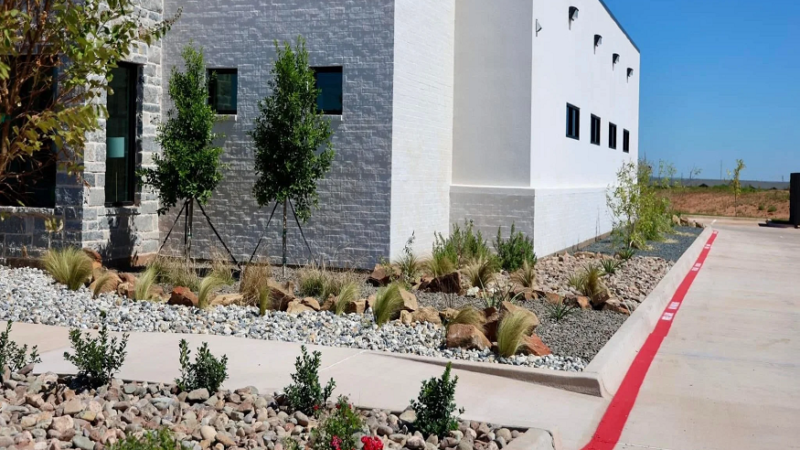Which Pipe is Better for Carrying Cold and Hot Water?

Drain water pipes are not the same as drinking water supply pipelines. The components needed to make a water supply and drainage water system are different. Let’s look at some of the most prevalent materials used in water supply pipes.
Steel that has been galvanized
The pipe is protected from corrosion by a zinc-coated galvanized steel coating. Many business establishments use a galvanized steel water pipe plumbing system. Galvanized steel was formerly a commonly utilized pipe throughout the world, and it is still used today. When contrasted, the galvanized pipeline has a longer working lifeline.
- Pipe made of copper
Copper pipes are utilized in a variety of hot and cold water activities. One may find this type of pipe in both underground and above-ground water systems. Copper pipes have the benefit of allowing a plumber to make several connections. Sweat brazing and push-fit connectors are two examples of numerous connections.
- Pipes made of PVC
Polyvinyl chloride (PVC) is a kind of plastic. PVC pipes are a type of plastic commonly utilized for drainage and potable water systems all over the world. PVC pipes are widely used in agriculture and for domestic water delivery. Plumbers utilize PVC pipes for everything, even sewage. These tubes are available in a variety of thicknesses on the market.
- PPR pipes
It is a kind of plastic pipe.PPR pipes can endure extreme temperatures. As a result, it is utilized to provide both hot and cold water. If maintained appropriately, these tubes could last up to 50 years.
In many situations, concrete, bronze, and heavy gauge pipes are also helpful.
How Do You Pick the Best Plumbing Pipe?
For industrial and household use, you may choose from various plumbing pipes. Plumbers utilize several types of pipes in different locations, depending on the placement and use of the pipes.
In the construction of a home, the durability of the pipes is critical. When choosing the correct plumbing pipe, you should consider the following aspects.
The features to look at:
- Corrosive-resistant pipes should be used.
- Pipes should be designed to last a long time.
- There should be no leaks.
- Can take into account the long-term viability of pipelines.
Which pipe is more suitable for cold and hot water?
Do you need a pipe to deliver cold and hot water? If this is the case, PPR pipes should be used. To satisfy your need, PPR pipes perform better than other types of pipelines. What are the advantages of PPR pipes? Many plumbers and homeowners choose to use PPR tubes for various reasons.
The reasons are as follows:
- The pipes can withstand high temperatures.
- The ability to resist corrosion is a bonus feature.
- The pipes are organically antimicrobial and are used in both subsurface and above groundwater operations.
- It can be linked in a variety of ways.
PVC pipes are another option for cold water pipes. Customers choose to utilize these pipes because of their varied thicknesses and designs.
Compared to the other pipes, PPR pipes perform better for both cold and hot water.






